Given in the chapter on future tense, the video titled “Henna Night” talks about the henna tradition and henna night rituals in Turkish culture.
Derived from the Arabic word “hına”, henna is the dried and powdered form of the henna tree leaves. Powdered henna is mixed with water to create a mixture of soft dough consistency. In some places, olive oil and brewed tea are also added to the mixture. Believed to have healing powers, henna gives a reddish color to the applied surface – which is usually a hand, finger and sometimes hair. Unlike the Indian version, henna is not commonly used to draw patterns in Turkey.
Henna in Turkish Culture
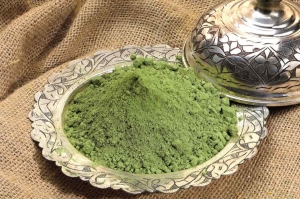
Sources on henna claim that the feast of sacrifice and the tradition of henna are rooted in the same story in Turkish folklore.
When Prophet Abraham was about to sacrifice his son Ishmael to Allah, he sent a hennaed ram and asked to sacrifice it instead. Just like the ornaments Abraham decorated his son with, the ram that was sent too was decorated and dyed which in time became a tradition where sacrificial animals are decorated and dyed with red dyes.
In Turkish belief system, henna is regarded as a sign of being sacrificed, which is why henna is applied on 3 occasions in Turkish culture.
- On the animals to be sacrificed (for dedicating it to Allah)
- On military candidates (for dedicating themselves to their countries)
- On prospective spouses (for dedicating themselves to their families)
Today even though sacrificial animals are rarely hennaed, applying henna to military candidates and prospective spouses is a tradition that is kept.
Henna Nights
In Turkish culture, henna nights are only organized for prospective brides usually one or two days before the wedding. With minor differences across the regions, henna nights are generally celebrated in a similar fashion. A henna night is of course not a necessity, but most brides prefer to have one before getting married since it’s a traditional ritual.
Traditions of a Henna Night:
There are some preparations before a henna night. Henna is purchased and placed in small, colorful pouches to hand out to the guests. Materials like candles and handkerchiefs are prepared as well as assorted nuts and beverages for guests.
A henna night is a ceremony that encompasses both the joy and sorrow. The bride is happy because she gets together and have fun with family, friends and relatives before the wedding, but sad at the same time because she’s leaving her family and home.
A traditional henna night is organized at the bride’s family’s a relative’s home, or garden. Only women are invited to a henna night. Not all people invited to the wedding are invited to the henna night. Guests are usually the close girlfriends of the bride, her relatives and some female relatives of the groom. While in recent years some have their henna night at large halls with large groups just like a wedding, the traditional choice is the bride’s house.
Traditional Dress “Bindallı”
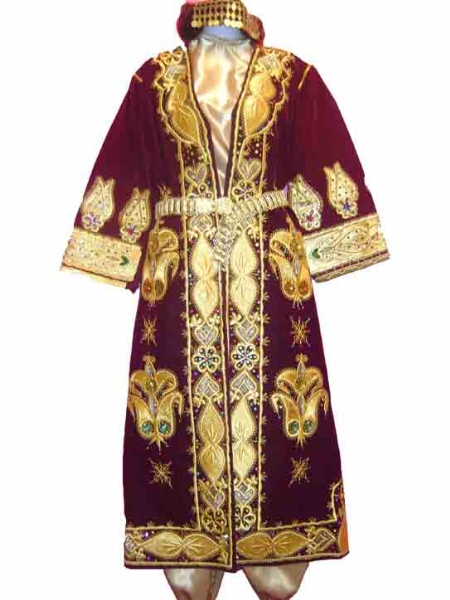
The dress worn by the bride at a henna night is called “bindallı”. It’s a tradition for the bride to wear a bindallı at the henna night. Preferred mostly in red, bindallı comes in various colors. Usually composed of two pieces, the upper part of the dress is embroidered. Some brides also use hair accessories like tiaras that complement bindallı.
The Ritual of Hennaing
After the guests arrive, the bride sits on a chair placed in the middle of the room and is covered with a red veil. Friends and relatives of the bride take a candle placed in a saucer and form a line. The sister or the best friend of the bride leads the line with the henna tray. Then the lights are turned off and girls follow the henna bearer into the hall with traditional henna songs into a circle around the bride.
A must-have in a henna night is a folk song called “Yüksek Yüksek Tepeler” (Those High Hills) sung during hennaing. Everybody knows this song and it’s sung at every henna night. It tells the story of the separation of a mother and daughter and is very sentimental, so usually leads to crying of the mother and the bride.
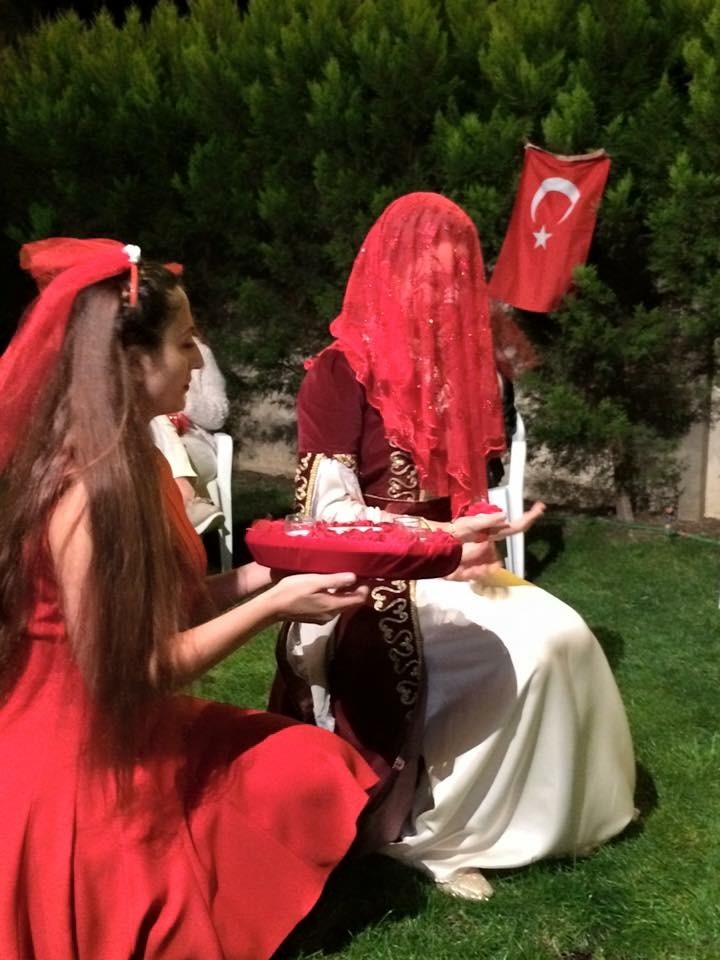
Then comes the hennaing ceremony. In this ceremony, the henna bearer sits beside the bride and calls for the person who will apply it. Henna is applied by an older relative or the mother-in-law. It’s a tradition for mother-in-law to place a gold coin in the bride’s palm. As you watched in the video, someone reminds the mother-in-law by saying “The bride is not opening her hands”.
Person applying the henna takes some from the tray and places it in the middle of the bride’s palm together with the gold coin. Since the henna needs to sit for some time to color the hand, it’s covered with an embellished handkerchief or a piece of cloth. It’s usually left in the bride’s hand until the end of the night or next morning, then washed with water. The longer the henna sits, the darker its color becomes. After the hennaing, the groom is invited. As you saw in the video, the groom congratulates the bride after opening her red veil and they dance together. The groom is only present at the henna night for this part and usually leaves afterwards.
In some henna nights, groom is also hennaed alongside the bride. In some parts of the Anatolia, a portion of the henna is sent to the groom’s house for his little finger to get hennaed. And in some parts, prospective spouses are hennaed at the same time. The tradition of hennaing the groom in Turkey varies among different regions.
After the bride is hennaed, previously prepared henna pouches are distributed to the guests. Not much is served at henna nights. After the henna pouches are handed out, guests are usually served dried nuts and fruits and beverages.
Dances and Halay
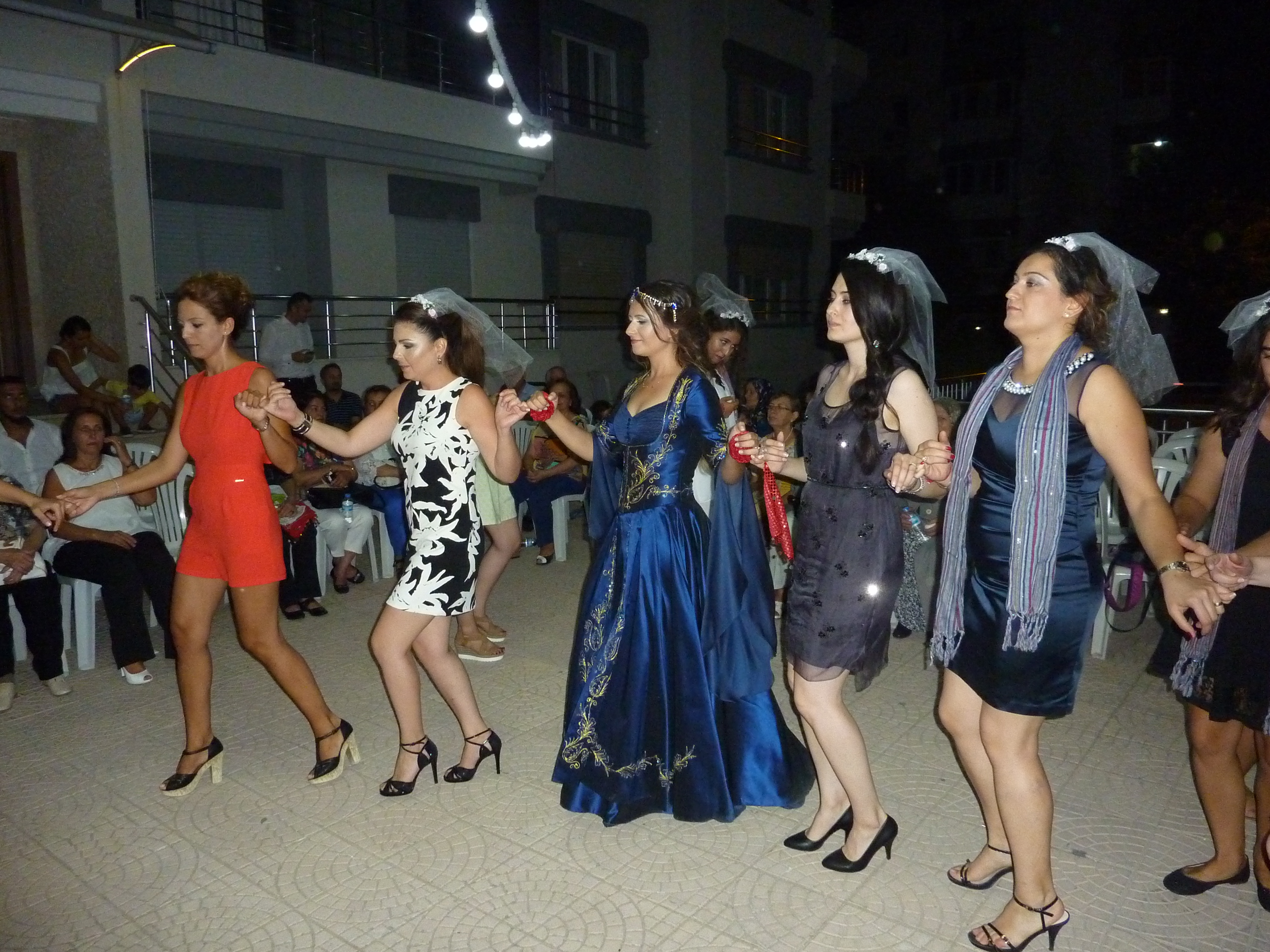
At a henna night, the bride and the groom dance differently from a wedding. They dance opposite to each other with traditional music playing. After the groom leaves, the henna night continues with traditional dances. The most popular Turkish traditional folk dance “halay” is a must in all kinds of celebrations such as engagement parties, weddings and henna nights. Like you saw in the video, a group of people dance with the same figures by holding hands in a circle. In Turkey, halay can be danced with different figures with different music in different regions. Even the way people hold hands may differ across various regions. Especially Black Sea Region, Thrace, East and Southeast Anatolia have different types of halay than other regions. The halay in the video called “Damat Halayı” (Groom’s Halay) is a popular form of halay from Thrace Region especially in recent years.
Henna nights do not last long. It usually ends after the dances since the bride shouldn’t get very tired and needs to prepare for the wedding. In Turkey, there’s usually no special celebration for the groom before the wedding. Sometimes, it’s possible to see the groom celebrating with his friends similar to a “bachelor’s party”, but this is not a common ritual in Turkey.
References:
http://turkoloji.cu.edu.tr/HALK%20EDEBIYATI/mehmet_yardimci_geleneksel_kultur_asiklar_kina.pdf
http://www.millifolklor.com/PdfViewer.aspx?Sayi=112&Sayfa=7
Ayşin Önder
All rights reserved.
This text or any portion thereof may not be copied without prior written consent.
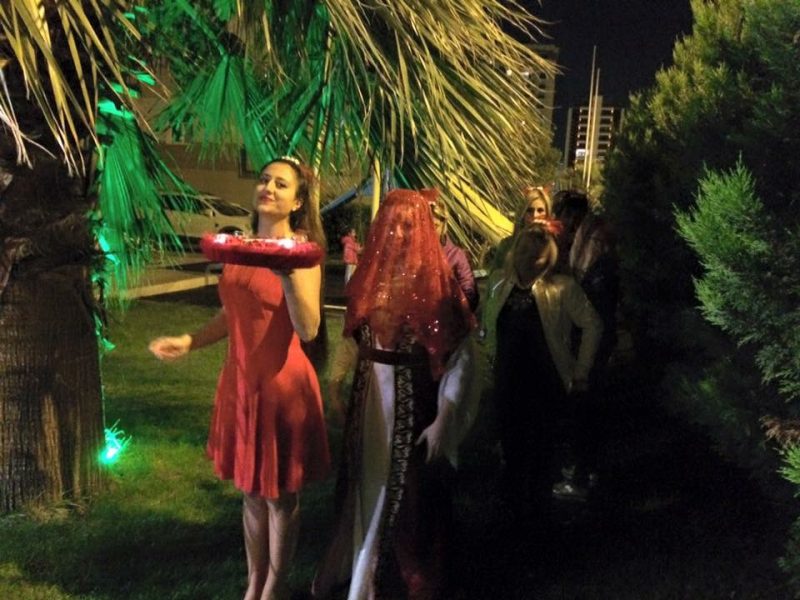


Leave A Comment